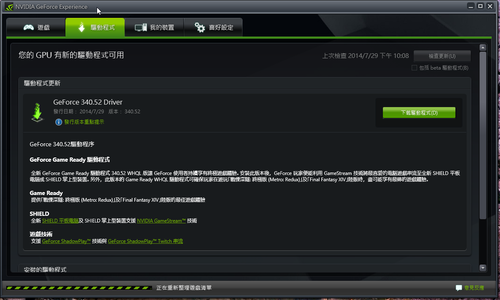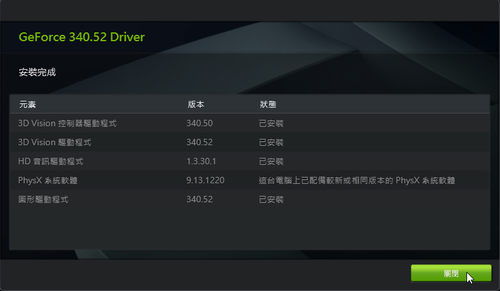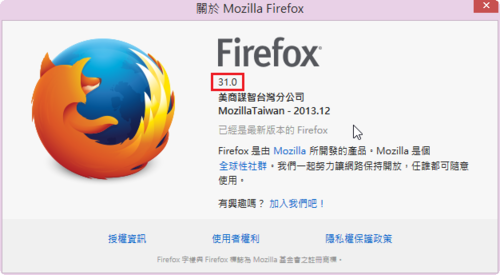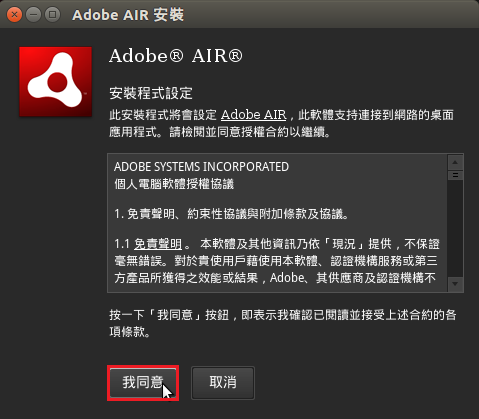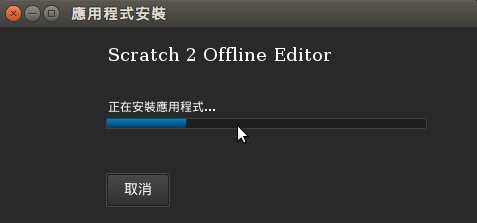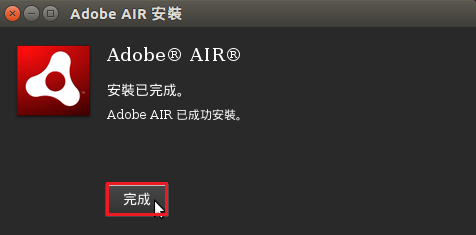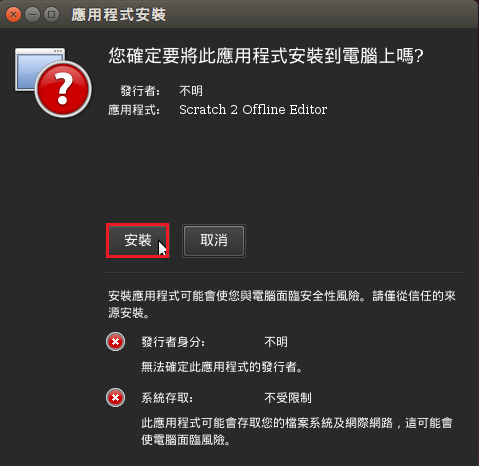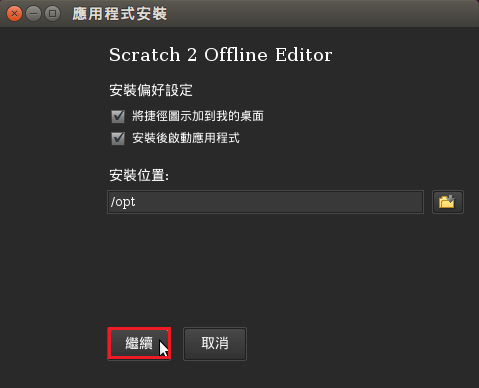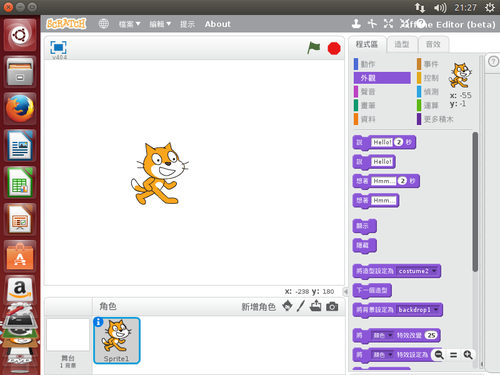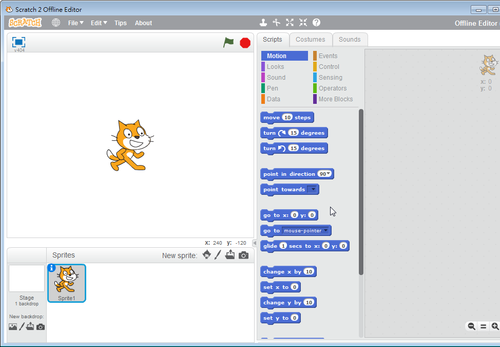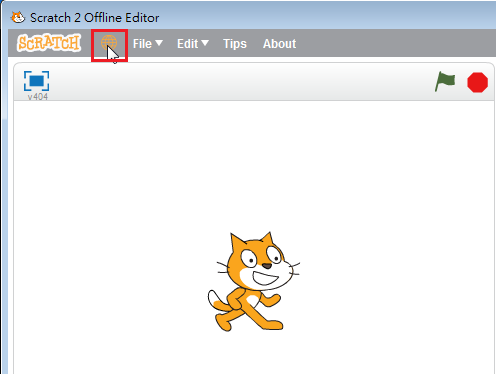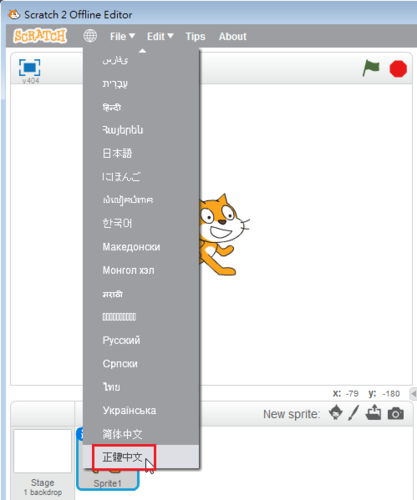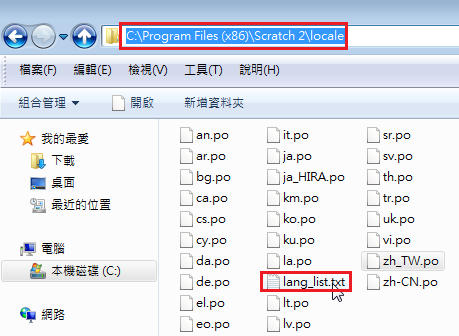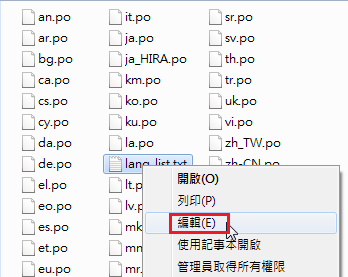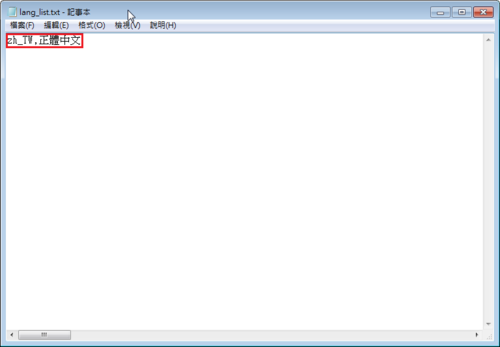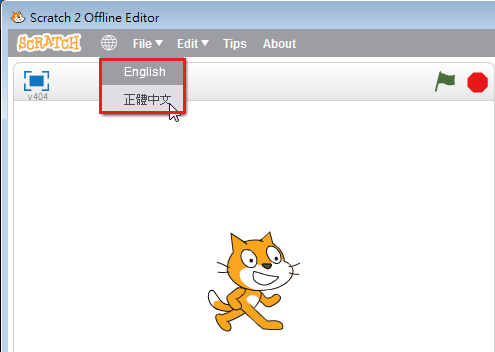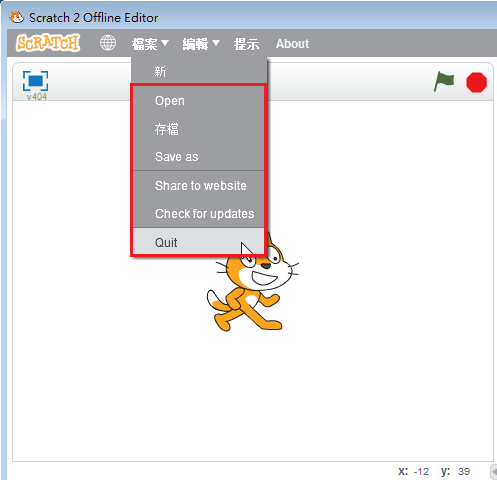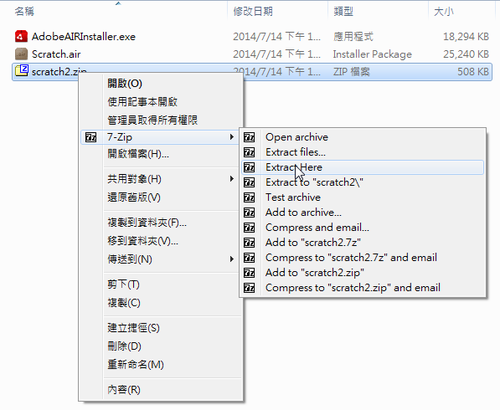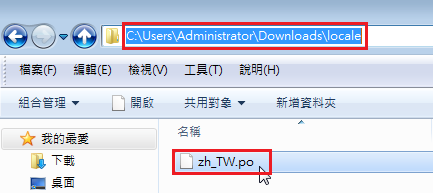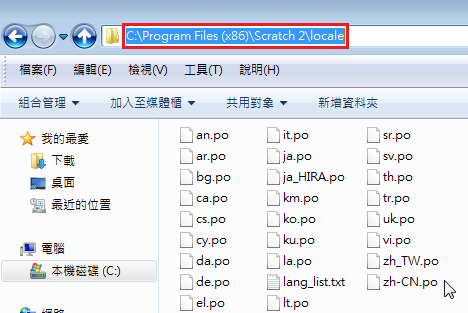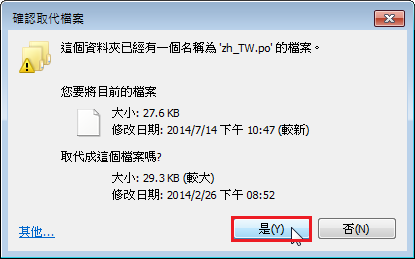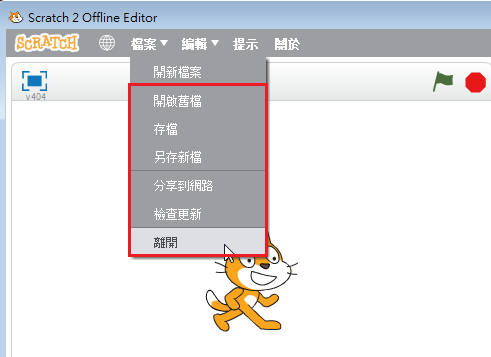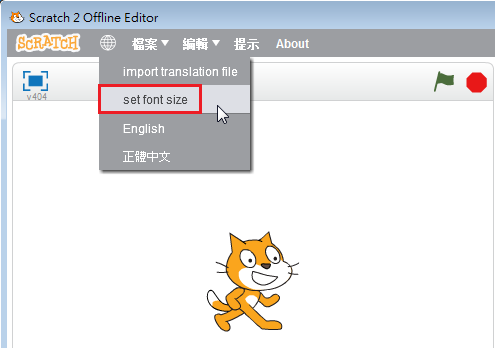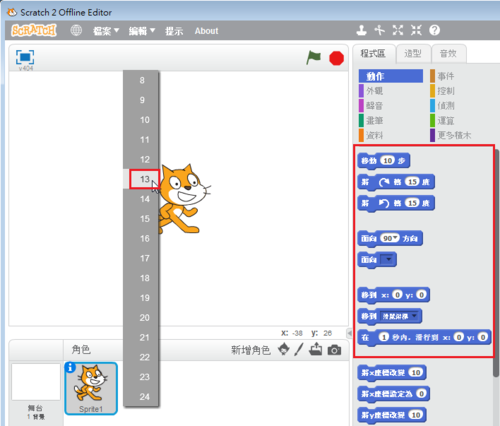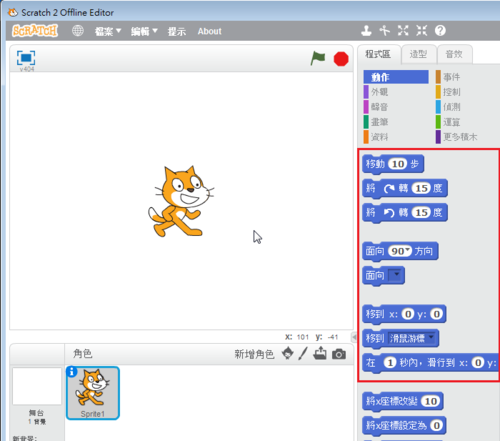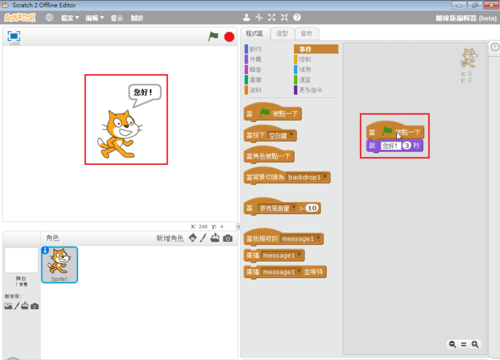參考網站:
CentOS 7 Firewalld 防火牆說明介紹 @ 黃昏的甘蔗 :: 隨意窩 Xuite日誌
小懶蟲的blog~: [CentOS 7] 防火牆設定
How to Configure ‘FirewallD’ in RHEL/CentOS 7 and Fedora 21
How To Set Up a Firewall Using FirewallD on CentOS 7 | DigitalOcean
在 CentOS 7
# firewall-cmd –get-zones
work drop internal external trusted home dmz public block
# firewall-cmd –get-default-zone
public
# firewall-cmd –get-active-zones
public
interfaces: ens33 ppp0
# firewall-cmd –set-default-zone=internal
# firewall-cmd –get-default-zone
internal
[@more@]# firewall-cmd –list-all-zones
work
target: default
icmp-block-inversion: no
interfaces:
sources:
services: dhcpv6-client ssh
ports:
protocols:
masquerade: no
forward-ports:
sourceports:
icmp-blocks:
rich rules:
drop
target: DROP
icmp-block-inversion: no
interfaces:
sources:
services:
ports:
protocols:
masquerade: no
forward-ports:
sourceports:
icmp-blocks:
rich rules:
internal
target: default
icmp-block-inversion: no
interfaces:
sources:
services: dhcpv6-client mdns samba-client ssh
ports:
protocols:
masquerade: no
forward-ports:
sourceports:
icmp-blocks:
rich rules:
external
target: default
icmp-block-inversion: no
interfaces:
sources:
services: ssh
ports:
protocols:
masquerade: yes
forward-ports:
sourceports:
icmp-blocks:
rich rules:
trusted (active)
target: ACCEPT
icmp-block-inversion: no
interfaces: ens33
sources:
services:
ports:
protocols:
masquerade: no
forward-ports:
sourceports:
icmp-blocks:
rich rules:
home
target: default
icmp-block-inversion: no
interfaces:
sources:
services: dhcpv6-client mdns samba-client ssh
ports:
protocols:
masquerade: no
forward-ports:
sourceports:
icmp-blocks:
rich rules:
dmz
target: default
icmp-block-inversion: no
interfaces:
sources:
services: ssh
ports:
protocols:
masquerade: no
forward-ports:
sourceports:
icmp-blocks:
rich rules:
暫時開放 ftp 服務
# firewall-cmd –add-service=ftp
永久開放 ftp 服務
# firewall-cmd –add-service=ftp –permanent
永久關閉
# firewall-cmd –remove-service=ftp –permanent
success
# firewall-cmd –zone=public –add-service=ftp –permanent
# firewall-cmd –zone=home –add-service=ftp –permanent
# firewall-cmd –zone=public –remove-service=ftp –permanent
重新載入
# firewall-cmd –reload
# firewall-cmd –complete-reload
# 列出設定
# firewall-cmd –zone=public –list-all
public (active)
target: default
icmp-block-inversion: no
interfaces: ens33 ppp0
sources:
services: dhcpv6-client ocserv openvpn
ports:
protocols:
masquerade: no
forward-ports:
sourceports:
icmp-blocks:
rich rules:
rule family=”ipv4″ source address=”192.168.1.0/24″ service name=”ssh” accept
rule family=”ipv4″ source address=”192.168.1.0/24″ service name=”http” accept
# firewall-cmd –zone=public –list-services
dhcpv6-client ocserv openvpn
# firewall-cmd –zone=public –add-port=4990-4999/udp –permanent
# firewall-cmd –zone=public –list-ports
4990-4999/udp
限定連線來源 IP 及開放的服務
# firewall-cmd –add-rich-rule=”rule family=”ipv4″ source address=”192.168.1.0/24″ service name=”ssh” accept” –permanent
# firewall-cmd –add-rich-rule=”rule family=”ipv4″ source address=”192.168.1.0/24″ service name=”ssh” limit value=10/m accept” –permanent
# firewall-cmd –add-rich-rule=”rule family=”ipv4″ source address=”192.168.1.0/24″ service name=”http” accept” –permanent
# firewall-cmd –add-rich-rule=”rule family=”ipv4″ source address=”192.168.1.0/24″ port port=80 accept” –permanent
# firewall-cmd –remove-rich-rule=”rule family=”ipv4″ source address=”192.168.1.0/24″ port port=80 accept” –permanent
也可以直接去編修 /etc/firewalld/zones/public.xml
# cat /etc/firewalld/zones/public.xml
<?xml version=”1.0″ encoding=”utf-8″?>
<zone>
<short>Public</short>
<description>For use in public areas. You do not trust the other computers on networks to not harm your computer. Only selected incoming connections are accepted.</description>
<service name=”dhcpv6-client”/>
<service name=”openvpn”/>
<rule family=”ipv4″>
<source address=”192.168.1.0/24″/>
<service name=”ssh”/>
<accept/>
</rule>
<rule family=”ipv4″>
<source address=”192.168.1.0/24″/>
<service name=”http”/>
<accept/>
</rule>
</zone>
重新載入
# firewall-cmd –reload
# firewall-cmd –complete-reload
或
讓設定生效
# systemctl restart firewalld
檢視設定是否生效
# iptables -L -n | grep 21
ACCEPT tcp — 0.0.0.0/0 0.0.0.0/0 tcp dpt:21 ctstate NEW
檢查防火牆狀態
# firewall-cmd –state
running
# systemctl stop firewalld
# firewall-cmd –state
not running
# firewall-cmd –list-all
public (default)
interfaces:
sources:
services: dhcpv6-client ftp ssh
ports:
masquerade: no
forward-ports:
icmp-blocks:
rich rules:
在 FirewallD 的服務名稱
# firewall-cmd –get-service
amanda-client bacula bacula-client dhcp dhcpv6 dhcpv6-client dns ftp high-availability http https imaps ipp ipp-client ipsec kerberos kpasswd ldap ldaps libvirt libvirt-tls mdns mountd ms-wbt mysql nfs ntp openvpn pmcd pmproxy pmwebapi pmwebapis pop3s postgresql proxy-dhcp radius rpc-bind samba samba-client smtp ssh telnet tftp tftp-client transmission-client vnc-server wbem-https
查詢服務的啟用狀態
# firewall-cmd –query-service ftp
yes
# firewall-cmd –query-service ssh
yes
# firewall-cmd –query-service samba
no
# firewall-cmd –query-service http
no
修改 firewalld 系統內定的服務
將檔案複製到 /etc/firewalld/services 目錄之下
# cp /usr/lib/firewalld/services/openvpn.xml /etc/firewalld/services
將內定使用的 udp 改成 tcp
# sed -i ‘s/udp/tcp/’ /etc/firewalld/services/openvpn.xml
自行加入要開放的 Port
# firewall-cmd –add-port=3128/tcp –permanent
# firewall-cmd –list-all
public (default)
interfaces:
sources:
services: dhcpv6-client ftp ssh
ports: 3128/tcp
masquerade: no
forward-ports:
icmp-blocks:
rich rules:
直接將原本 iptables 使用的規則移植到 firewalld
# firewall-cmd –permanent –direct –add-rule ipv4 filter INPUT 0 -p udp -s “140.111.74.0/24” –dport 161 -j ACCEPT
success
或者直接修改 /etc/firewalld/direct.xml
# cat /etc/firewalld/direct.xml
<?xml version=”1.0″ encoding=”utf-8″?>
<direct>
<rule priority=”0″ table=”nat” ipv=”ipv4″ chain=”POSTROUTING”> -s 192.168.18.0/24 -j MASQUERADE</rule>
<rule priority=”0″ table=”filter” ipv=”ipv4″ chain=”INPUT”>-p tcp -s 192.168.1.0/24 –dport 22 -j ACCEPT</rule>
<rule priority=”0″ table=”filter” ipv=”ipv4″ chain=”INPUT”>-p udp -s 140.111.74.0/24 –dport 161 -j ACCEPT</rule>
</direct>
查看目前的 Direct 規則
# firewall-cmd –direct –get-all-rules
ipv4 nat POSTROUTING 0 -s 192.168.18.0/24 -j MASQUERADE
ipv4 filter INPUT 0 -p tcp -s 192.168.1.0/24 –dport 22 -j ACCEPT
ipv4 filter INPUT 0 -p udp -s 140.111.74.0/24 –dport 161 -j ACCEPT
NAT
# firewall-cmd –permanent –direct –passthrough ipv4 -t nat -A POSTROUTING -s 10.8.0.0/24 -o ppp0 -j MASQUERADE
# firewall-cmd –reload
# firewall-cmd –permanent –add-rich-rule ‘rule family=ipv4 source address=192.168.1.10/24 forward-port port=8080 protocol=tcp to-port=80’
如果真的不習慣使用 firewalld
安裝 iptables-services 套件
# yum install iptables-services
設定開機時啟動 iptables 服務
# systemctl enable iptables.service
Created symlink from /etc/systemd/system/basic.target.wants/iptables.service to /usr/lib/systemd/system/iptables.service.
啟動 iptables 服務
# systemctl start iptables.service
設定開機時不啟動 firewalld 服務
# systemctl disable firewalld.service
Removed symlink /etc/systemd/system/dbus-org.fedoraproject.FirewallD1.service.
Removed symlink /etc/systemd/system/basic.target.wants/firewalld.service.
設定取消使用 firewalld 服務
# systemctl mask firewalld.service
Created symlink from /etc/systemd/system/firewalld.service to /dev/null.
設定不取消使用 firewalld 服務
# systemctl unmask firewalld.service
Removed symlink /etc/systemd/system/firewalld.service.
更多的 FirewallD 請參考:https://fedoraproject.org/wiki/FirewallD

